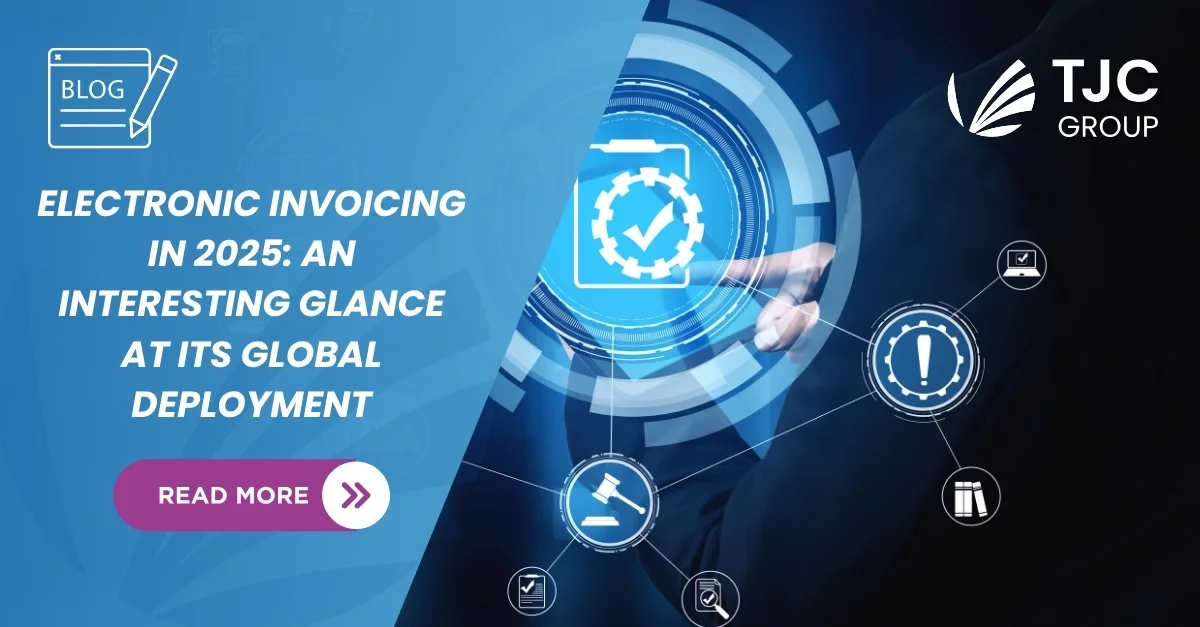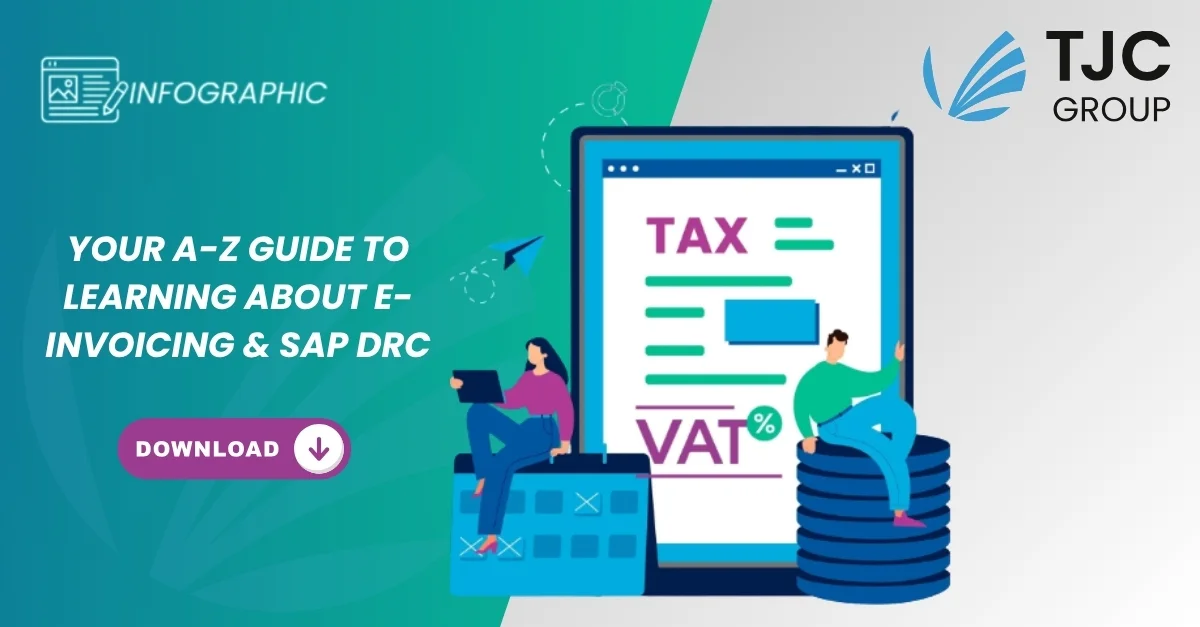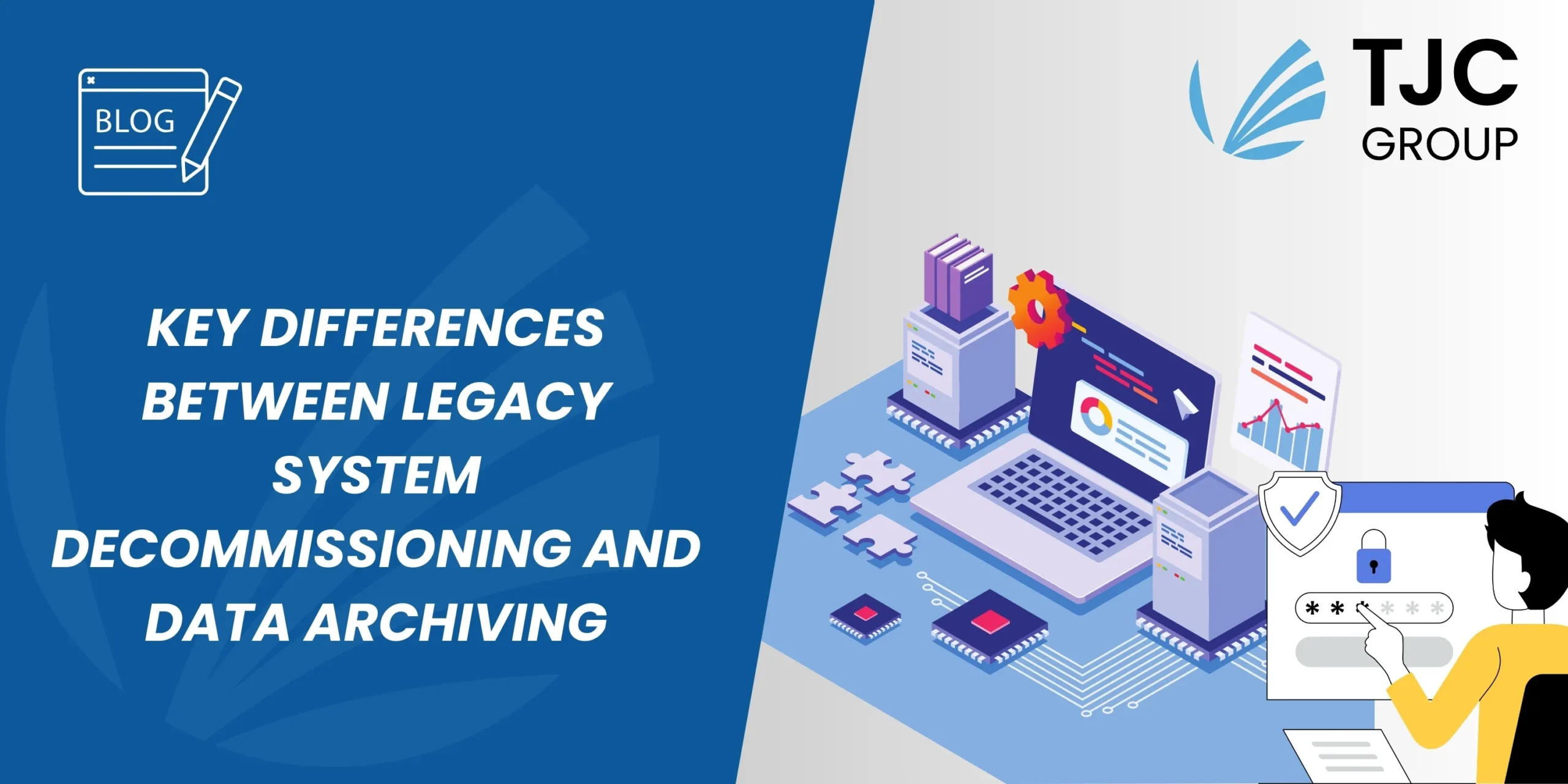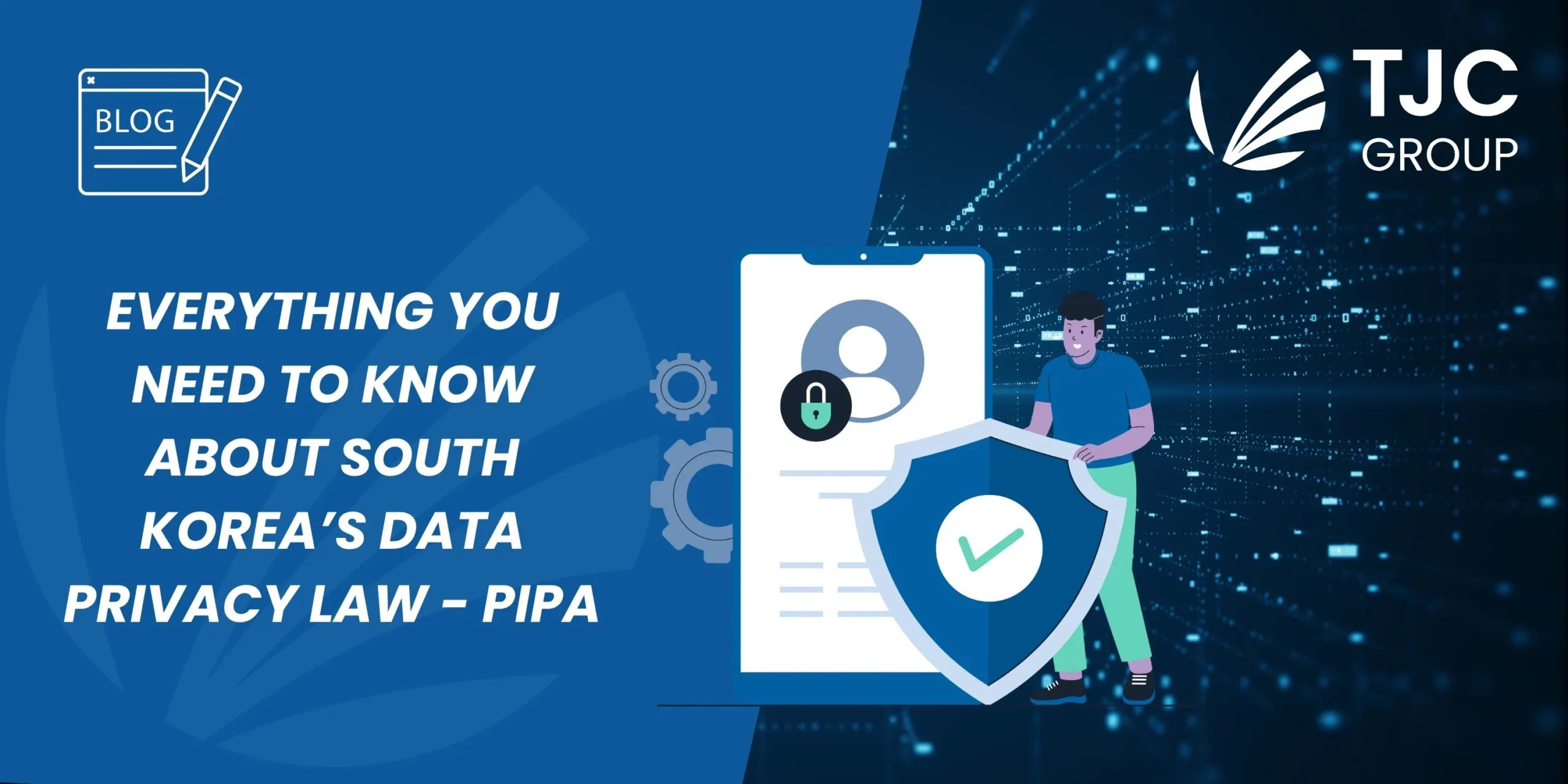Author: Aditya Gosavi, Content Writer, TJC Group | Consultant: Pratik Satardekar, B2G Senior Consultant, TJC Group
Electronic invoicing is revolutionising how businesses in New Zealand manage invoices, moving beyond traditional invoicing methods. In fact, there are several businesses in the country that are registered to receive electronic invoices, and the list keeps growing every month. Electronic invoicing offers numerous benefits, including faster payments, lower costs, and increased accuracy by minimising errors. Though e-invoicing in New Zealand is not yet mandatory for all, the government is actively promoting its adoption, making it a growing standard. Let’s delve into the electronic invoicing landscape in the country and discover how it empowers organisations in this blog.
Table of contents
- Introduction
- E-invoicing & traditional invoicing: What’s the difference?
- Is e-invoicing mandatory in New Zealand?
- New Zealand’s e-invoicing rollout: A quick glance
- Understanding the impact of PEPPOL on e-invoicing in New Zealand
- E-invoicing in New Zealand: What are the advantages for organisations?
- Discovering SAP DRC for e-invoicing in New Zealand
- Streamline your e-invoicing in New Zealand with TJC Group
- E-invoicing in 2025: Round-the-world updates
Introduction
The traditional methods of invoicing are rapidly being replaced by electronic invoicing, marking a significant advancement in financial operations of organisations. As a matter of fact, global e-invoicing and reporting enables the direct and secure exchange of invoice data between different ERP systems, eliminating the need for manual intervention and the associated inefficiencies of paper-based invoices. This modern approach of invoicing is gaining momentum due to its proven ability to improve cash flow management, reduce administrative burdens, and enhance data security. While widespread adoption is encouraged rather than mandated for most private organisations, understanding this evolving landscape is critical. Today, several countries have implemented electronic invoicing, and many more are joining the list – with New Zealand being one of them. Let’s learn more as we explore e-invoicing in New Zealand.
E-invoicing & traditional invoicing: What’s the difference?
Traditional invoicing can impact the overall time taken for the invoicing process. For example, paper-based invoices need to be printed and posted, which takes a significant amount of time, especially when the invoices are in thousands or sometimes millions. Furthermore, such invoices must be emailed and manually entered into your business systems. Such extra steps result in delays, errors, and the risk of lost or ignored invoices, which is not good news for an organisation’s upcoming cash flow.
Electronic invoicing is the digital exchange of invoice data between businesses, structured in a standardised format that your ERP system can read automatically. Unlike traditional invoicing methods, e-invoicing eliminates the need for manual data entry. In fact, electronic invoicing involves the direct transmission of the invoice from the sender’s system to the recipient’s business or accounting system, utilising a preferred network that employs machine-readable data in formats such as JSON or XML. All of this happens without any human intervention where buyers’ systems receive the invoices, validate them, and then process them.
Is e-invoicing mandatory in New Zealand?
The quick answer is not as of now; electronic invoicing is not mandatory for most companies operating in the country. However, it’s gradually becoming the most preferred standard, with an increasing number of businesses registering to receive electronic invoices. Even though you will not be penalised for opting for traditional invoicing methods, you might miss out on some of the advantages like faster payments and more efficient operations that are provided by global e-invoicing and reporting solutions.
Public sector adoption
The government of New Zealand is actively promoting the adoption of electronic invoicing. If you work with public agencies, you can expect these agencies to increasingly request invoices to be sent in a standardised format using the PEPPOL network. In fact, on November 5, 2025, the government announced a rewrite of Rule 51 of the Government Procurement Rules to initiate the transition for more public agencies to become electronic invoicing compliant. According to this announcement, by 2026, more public sector agencies will be required to send and receive electronic invoices, which ultimately means companies that invoice these agencies must send e-invoices.
Private sector adoption
E-invoicing in New Zealand remains optional for private sector organisations that don’t work with government agencies. Currently, there is no law that requires businesses to use it, and no announcement has been made regarding any future mandate. However, the Ministry of Business Innovation & Employment (MBIE) is actively promoting the practice. Moreover, the MBIE maintains a list of more than 50,000 organisations that are already registered to receive electronic invoices. These numbers indicate that this is becoming a standard in the country, which can be beneficial if you’re looking for suppliers that already use electronic invoicing.
Shared e-invoicing framework with Australia
Interestingly, Australia and New Zealand have committed to a shared electronic invoicing framework so that companies can easily invoice across borders. Rather than passing mandates, both New Zealand and Australia have focused on making e-invoicing easily adaptable and beneficial for organisations that are engaged in cross-border business.
Click the banner below and read our blog highlighting e-invoicing in Singapore:
New Zealand’s e-invoicing rollout: A quick glance
The country is systematically rolling out electronic invoicing using the PEPPOL framework with a clear focus on government agencies. Here are some of the key updates to consider:
- 2018–2019: The journey began with a Trans-Tasman initiative and the establishment of MBIE as New Zealand’s PEPPOL authority.
- March 1, 2022: All central agencies became capable of receiving electronic invoices.
- January 1, 2025: Around 135 government agencies committed to paying 90% of invoices within 10 business days.
- January 1, 2026: A significant move, requiring government agencies that issue or receive over 2,000 domestic invoices annually to be fully e-invoicing enabled and to pay 95% of e-invoices within 5 business days.
While business-to-business electronic invoicing remains voluntary for now, potential expansion is anticipated beyond 2026, aligning with adoption trends and government policies. This systematic rollout aims to improve efficiency and boost payments across the economy.
Understanding the impact of PEPPOL on e-invoicing in New Zealand
The country’s electronic invoicing network is developed around PEPPOL. It’s a global network that allows businesses to exchange invoices digitally through a standardised format. An organisation can use PEPPOL as a universal connector to more easily send invoices between businesses, public agencies, and international partners.
Both New Zealand and Australia adopted PEPPOL in 2019 to develop a seamless electronic invoicing system with the PEPPOL BIS Billing 3.0. (PINT A-NZ) format. This enabled these two countries to work within already existing global standards rather than creating a new global e-invoicing and reporting system from scratch.
With PEPPOL, irrespective of whether you operate from New Zealand, Australia, or another country, you can send and receive invoices without worrying about manual data entry or file formats. In fact, PEPPOL eliminates the inefficiencies associated with incompatible invoicing formats, which helps to streamline the flow of invoices.
E-invoicing in New Zealand: What are the advantages for organisations?
Electronic invoicing strategically improves how companies handle payments, meet compliance requirements, enhances cash flow management, reduces costs associated with traditional invoicing, and improves security standards. Here are some of the key factors that help you understand how electronic invoicing benefits organisations in the country:
Fast-moving payment and improved cash flow
Discrepancies associated with inefficient invoicing methods such as manual processing, missing details, and slow approval cycles can impact your upcoming cash flow. Interestingly, the MBIE observed that after adopting e-invoicing in New Zealand, buyers were able to pay their suppliers faster than the average. An effective invoicing system can significantly improve your organisation’s overall cash flow. Moreover, this is particularly important for companies operating on limited or tight budgets.
Less processing costs
When comparing electronic invoicing with traditional invoicing methods, it becomes clear that numerous processing costs are associated with conventional methods, including physical storage, excessive paper usage, postage, and transportation costs. These costs can be easily eliminated with electronic invoicing, as everything occurs digitally, allowing you to leverage faster payments, eliminate human intervention, and reduce the risk of errors.
Effective security
Your invoice data is highly sensitive information that can become a target of cyberattacks or malicious actors. With the help of the right global e-invoicing and reporting solution, you can send invoices through a secure and encrypted network. Moreover, with electronic invoicing, each invoice contains verified sender and receiver identifiers that help keep track of the invoice’s path.
With effective protection, you can reduce the risk of fraud and verify that invoices are generated from legitimate and trustworthy suppliers, which is particularly critical for companies that process high-value transactions.
Click the banner below to learn more about e-invoicing in 2025 & its global deployment:
Improved visibility
Electronic invoicing provides real-time visibility into your financial transactions. Additionally, you can quickly see which invoices are delivered, viewed, and approved in your ERP system and utilise this structured data to take a closer look at your payment cycles, late payers, and cash flow trends.
Discovering SAP DRC for e-invoicing in New Zealand
SAP Document and Reporting Compliance (SAP DRC) is one of the most preferred solutions developed to tackle every aspect of electronic invoicing and reporting. In fact, this solution helps enable full integration with invoicing networks, such as PEPPOL for e-invoicing in New Zealand.
SAP DRC offers features such as the eDocument Cockpit, which enable effortless document collaboration. Moreover, the SAP Application Interface Framework (SAP AIF) and SAP Integration Suite allow seamless integration with other SAP systems. Another benefit of SAP DRC is that it helps companies comply with ever-evolving regulations while maintaining the reliability and accuracy of the data stored within their SAP systems.
Click on the banner below to download our detailed infographic on e-invoicing and SAP DRC:
Streamline your e-invoicing in New Zealand with TJC Group
TJC Group is an official SAP reseller and partner, empowering businesses worldwide with the SAP Document and Reporting Compliance solution for electronic invoicing and reporting. Our efficient team of B2G experts specialises in SAP DRC, employing a customised approach rooted in the SAP Activate methodology. This proven process ensures efficient project planning and execution, delivering optimised templates and accelerators to streamline your compliance journey.
With our years of experience in the business, we understand the critical requirements for seamless tax and audit compliance. With TJC Group working side by side with you for e-invoicing in New Zealand, you can ensure an effective SAP DRC implementation and efficient post-live assistance.
Want to know more about SAP DRC? Contact us now!
E-invoicing in 2025: Round-the-world updates
- E-invoicing in 2025: An interesting glance at its global deployment
- E-invoicing in Germany: Important things you need to know in 2025
- E-invoicing in Singapore: Everything you need to know in 2025
- E-invoicing in Belgium: Everything you need to know about its implementation
- Challenges of e-invoicing in 2025: A roadmap to overcoming them with SAP DRC












